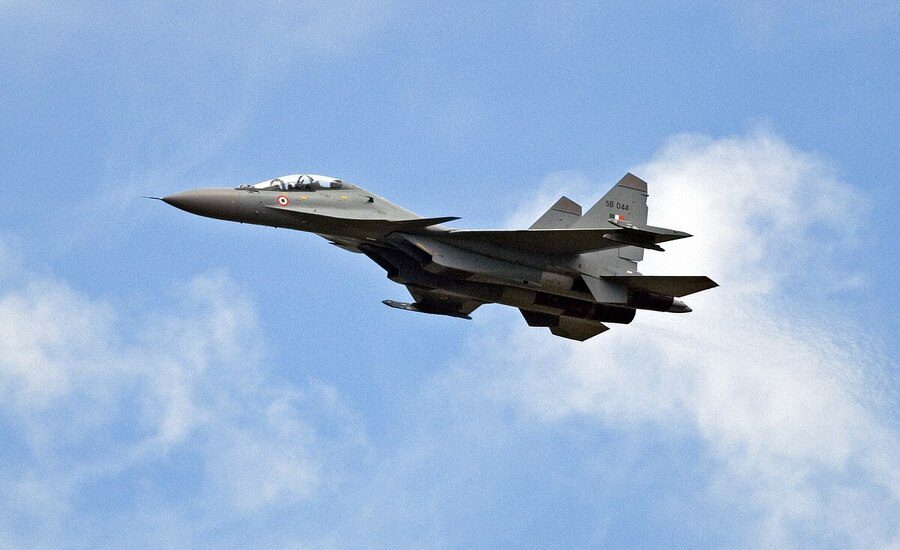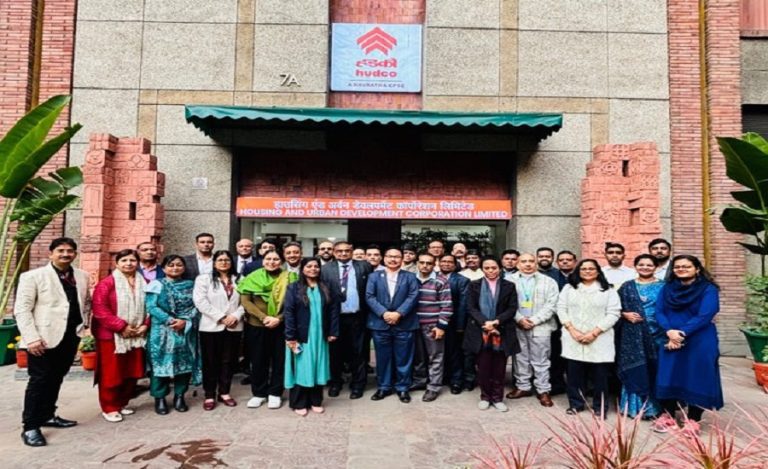The Republic of Armenia has been actively diversifying its defence procurement strategy in recent years, moving beyond its traditional reliance on Russian systems. The deal reportedly under negotiation calls for the acquisition of 8–12 of the twin-engine Su‑30MKI multirole fighters built by India’s Hindustan Aeronautics Limited (HAL) with potential expansion to a larger fleet. Valued at between USD 2.5 billion and USD 3 billion, the contract is said to include pilot training, ground support systems, weapons integration and long-term maintenance.
What the Armenia India Su-30MKI Deal Entails
Initial delivery timeline is set between late 2027 and 2029, aligning with HAL’s existing production schedule for India’s own Air Force.
The Armenian version of the Su-30MKI is expected to integrate Indian-origin systems such as the Uttam AESA radar, Astra Mk‑1/Mk-2 beyond-visual-range missiles, and domestic electronic warfare suites.
The package reportedly includes full life-cycle support, maintenance infrastructure, pilot/crew training and weapons integration, making it more than a mere aircraft sale — it is a strategic partnership.
Significance of Armenia India Su-30MKI Deal to Armenia
This move comes in the backdrop of Armenia’s fierce competition with neighbouring Azerbaijan, which has secured advanced fighter jets and bolstered its air capabilities in recent years.
For instance, Azerbaijan’s purchase of 40 JF‑17 Thunder Block III fighters via a Pakistan–China collaboration has reportedly cost around USD 4.6 billion.
Armenia’s decision to turn to India’s Su-30MKI variant is widely viewed as a strategic move to restore a semblance of air-deterrence and credibility amidst mounting regional tensions.
Significance of Armenia India Su-30MKI Deal to India
For India, this deal marks one of the most significant export orders of the Su-30MKI to a foreign nation — elevating its status as an arms exporter and underlining its “Make in India” and “Atmanirbhar Bharat” ambitions in the defence sector.
It opens up new markets in the Eurasian region and strengthens India’s influence in a strategically important geography.
The customisation of the Armenian Su-30MKI with Indian subsystems also reinforces India’s capabilities in fully-integrated platforms for export — a step up from просто supplying parts to supplying entire systems.
What Lies Ahead: Key Milestones & Challenges
Signing of the contract: With negotiations reported to be in advanced stages, contract signing is expected to occur soon.
Production & delivery schedule: India must ensure HAL’s production line meets both Indian Air Force commitments and foreign-export obligations.
Training & infrastructure: Pilot training, ground-crew staffing, weapons integration and logistics support will need to ramp up to meet delivery timelines.
Geopolitical implications: The deal may trigger responses from neighbours and external powers — Armenia’s procurement choice may impact regional alliances, arms races or deterrence postures.
Cost & offset negotiations: With a deal valued in billions, cost-components, maintenance contracts, spares supply and possible offsets will be key negotiation elements.



























